By Eric Vandenbroeck
and co-workers
Crypto-Currency Funding Of
Terrorism And The War In Ukraine
Several deposit
addresses received over $1M in illicit cryptocurrency by crime category.
Similar to our earlier report, we said pro-Russian groups had raised $2.2
million primarily in Bitcoin and Ethereum to help finance the war. The
amount of cryptocurrency donations collected by pro-Russian organizations pales
compared to the amount donated to Ukraine.
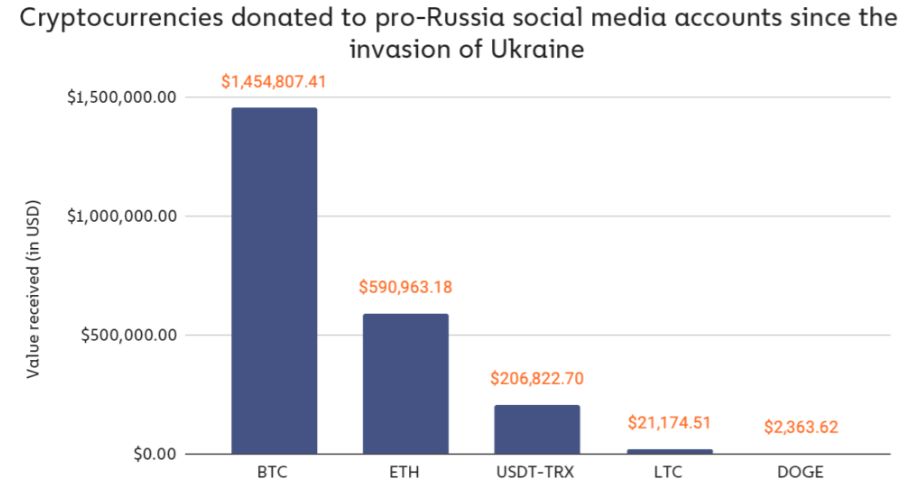
Ashley Alder, who will
chair the Financial Conduct Authority from 20 February this year, told the
House of Commons Treasury Committee last week that crypto platforms are
“deliberated evasive” and a method by which “money laundering happens at the
size.” As we pointed out, Cryptocurrency has increasingly become a mainstream
option for money laundering and funding terrorism. Global consultants Chainalysis for example, estimated approximately $2.2m in
cryptocurrency had been sent to Russian paramilitary groups, which have posted images of arms bought on social
media.
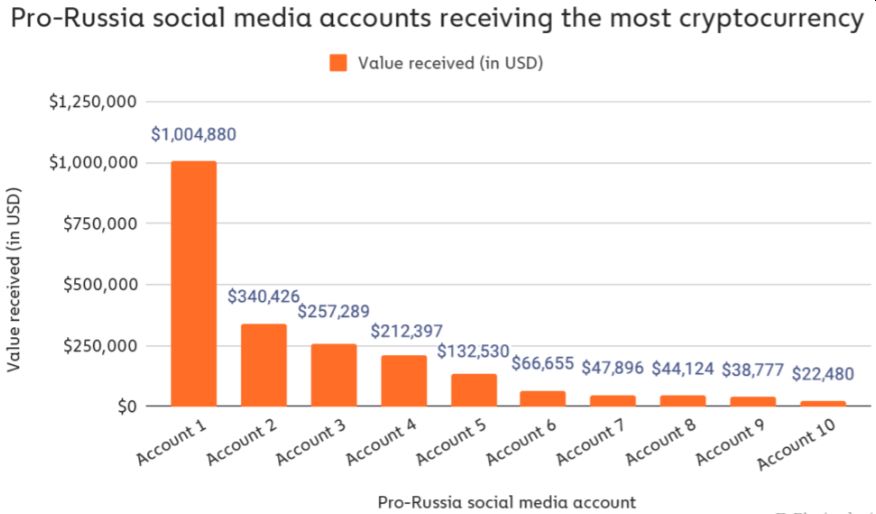
Everything looks
normal at first glance. However, the Chainalysis
Reactor graph below shows that address 0x828 sent 0.45 Ethereum to that address
0x084 shortly before that sale.
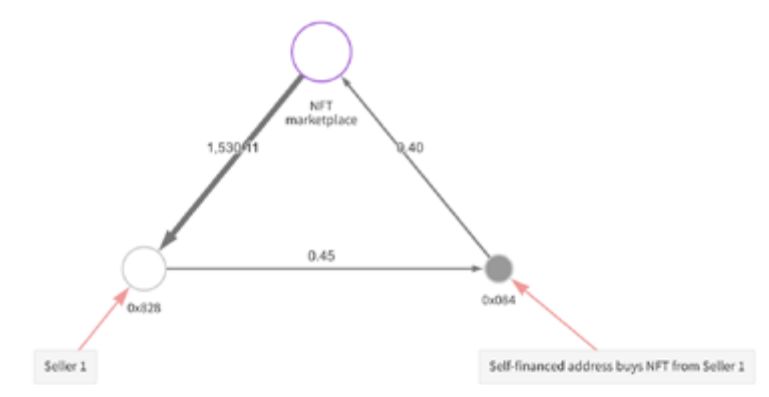
This activity fits a
pattern for Seller 1. The Reactor graph below shows similar relationships
between Seller 1 and hundreds of other addresses to which they’ve sold NFTs.

Seller 1 is the
address in the middle. All other addresses on this graph received funds from
Seller 1’s main address prior to buying an NFT from that address. So far,
Seller 1 doesn’t seem to have profited from their prolific wash trading. If we
calculate the amount Seller 1 has made from NFT sales to addresses they did not
fund — whom we can assume are victims unaware that the NFTs they’re buying have
been wash traded — it doesn’t make up for the amount they’ve had to spend on
gas fees during wash trading transactions.

However, the story
changes if we look at a bigger piece of the NFT ecosystem. Using blockchain
analysis, we identified 262 users who have sold an NFT to a self-financed
address more than 25 times. While we can’t be 100% sure that all instances of
NFT sales to self-financed wallets are intended for wash trading, the
25-transaction threshold gives us a higher degree of confidence that these
users are habitual wash traders. Just as we did above for one wash trader, we calculated these 262 wash traders’ overall
profits by subtracting the amount they’ve spent on gas fees from the amount
they’ve made selling NFTs to unsuspecting buyers. One caveat for this analysis
is that it only captures trades made in Ethereum and Wrapped Ethereum, so
there’s likely wash trading activity we’re not considering here.
Nonetheless, an
interesting story emerges: Most NFT wash traders have been unprofitable, but
the successful NFT wash traders have profited so much that, as a whole, this
group of 262 has profited immensely overall.

The 110 profitable
wash traders have collectively made nearly $8.9 million in profit from this
activity, dwarfing the $416,984 in losses made by the 152 unprofitable wash
traders. Even worse, that $8.9 million is most likely derived from sales to
unsuspecting buyers who believe the NFT they’re purchasing has been growing in
value, sold from one distinct collector to another.
Money Laundering Activity Small But Visible In NFTs
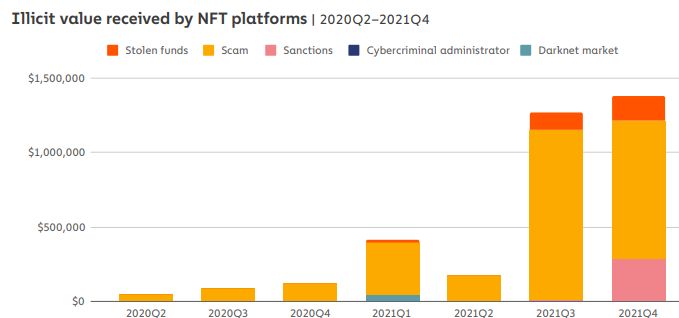
The Reactor graph below shows examples of different
types of criminals buying NFTs.
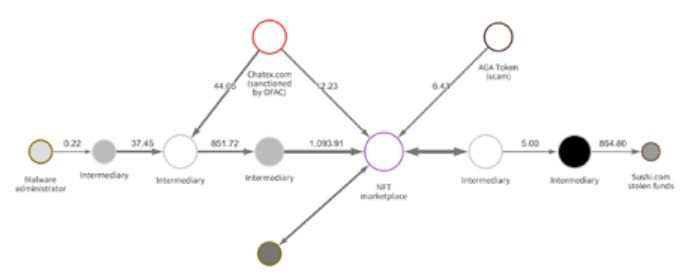
Here, we can see
addresses associated with several cybercriminals sending funds to a popular NFT
marketplace, including malware operators, scammers, and Chateaux.
This activity
represents a drop in the bucket compared to the $8.6 billion worth of
cryptocurrency-based money laundering we tracked in 2021. Nevertheless, money
laundering, particularly transfers from sanctioned cryptocurrency businesses,
represents a large risk to building trust in NFTs and should be monitored more
closely by marketplaces, regulators, and law enforcement.
As Ransomware Payments Grow, So Too Does Ransomware’s
Role In Geopolitical Conflict.
Cryptocurrency Brings
Millions in Aid to Ukraine, But Could It Also Be Used For Russian Sanctions
Evasion?

As Russia’s invasion
of Ukraine continues, cryptocurrency is taking on an essential role in the
conflict. On the positive side, users worldwide have donated over $56 million
in cryptocurrency to addresses provided by the Ukrainian government, showcasing
the crypto community’s generosity and virtual assets’ unique utility for
cross-border payments.
However, law
enforcement, regulators, and compliance teams are also wondering if and how
cryptocurrency may allow for sanctions evasion. The United States and many of
its allies in the EU and elsewhere have taken unprecedented actions against
Russia, including:
-The addition of
Russian oligarchs, their family members, and their businesses, as well as all
major state-owned banks and many energy exporters, to OFAC’s SDN list
-The sanctioning of
Russia’s central bank, preventing it from using its $650 billion in reserves to
mitigate the impact of the above sanctions
-The removal of
select Russian banks from the SWIFT system, essentially cutting them off from
the global financial system
cryptocurrency to
evade sanctions. While there’s no direct evidence this is happening; It’s a
reasonable concern — Russia accounts for a disproportionate share of several
categories of cryptocurrency-based crime globally and is home to many
cryptocurrency services that have been implicated in money laundering activity.
What Could Cryptocurrency-Based Russian Sanctions
Evasion Look Like?
There are a few
different possible sanctions evasion mechanisms whose on-chain indicators
suggest that Russian actors may be moving funds, at least in isolated
instances. We’ll walk you through those below.
First, we’re
monitoring for transactions involving whales we believe or know to be users
based in Russia. As a reminder, we define “whale” as any private wallet holding
$1 million or more cryptocurrency.
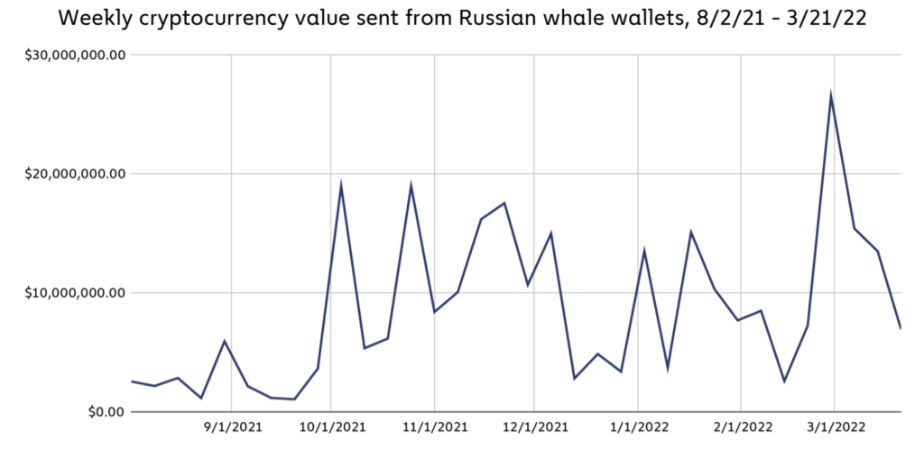
Sbercoin
Sberbank is the
biggest bank in Russia and was one of the first Russian businesses sanctioned
following the Ukraine invasion, along with its subsidiaries. On March 17, 2022,
Russia’s central bank announced that it had issued Sberbank a license to engage
in digital assets, which appears to have led to its issuance of Sbercoin, a new cryptocurrency Sberbank had previously
announced in late 2020. It’s also possible that Sbercoin
was launched by scammers, as Sberbank officials have denied issuing the coin.
Regardless of who
launched the coin, CoinMarketCap data shows that Sbercoin has seen roughly $4.5 million in total transaction
volume, all on one popular decentralized exchange. Sbercoin’s
price has dropped over 90% since its launch and currently sits at $0.00003329
as of March 28, 2022, with a market cap of $113,089
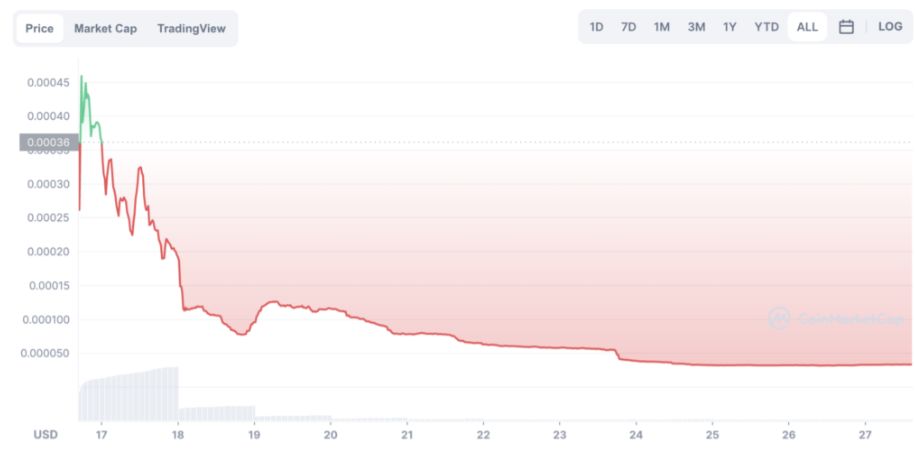
While Sbercoin’s performance and transaction volumes
remain pretty low right now, any trading of the coin by users in the United
States and other countries that have sanctioned Sberbank could create exposure
to sanctions risk. We’ll continue to monitor Sbercoin’s
activity and provide updates on any significant activity as possible.
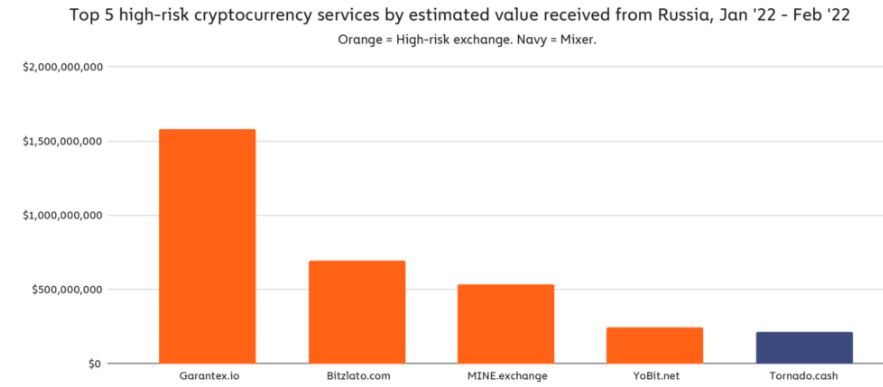
High-risk exchanges
like Garantex and Bitzlato
are prominent here, as well as Tornado, an Ethereum mixer that’s received funds
from several criminal sources. Thus far, none of these high-risk services
have shown spikes in inflows, outflows, or any other unusual activity since the
new sanctions were imposed.
Part One, Part Three, Part Four, Part Five
For updates click hompage here